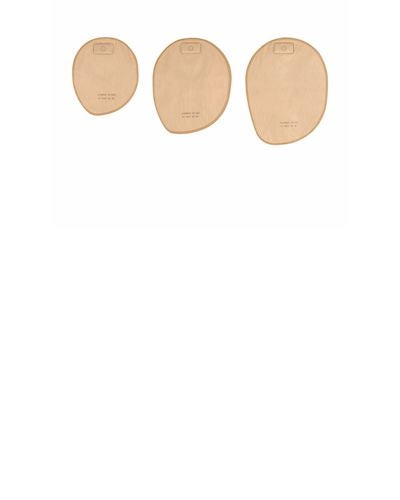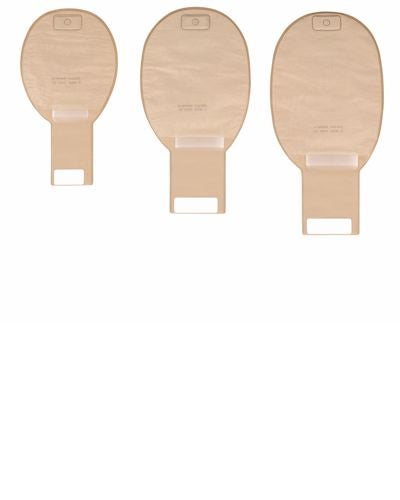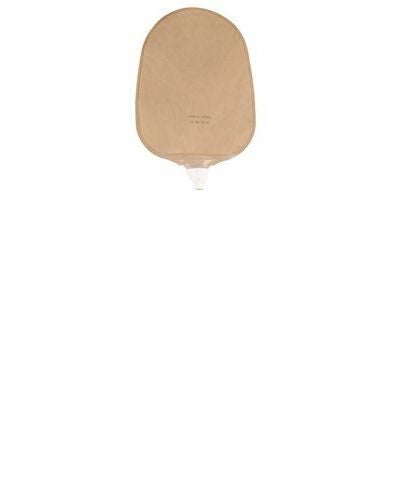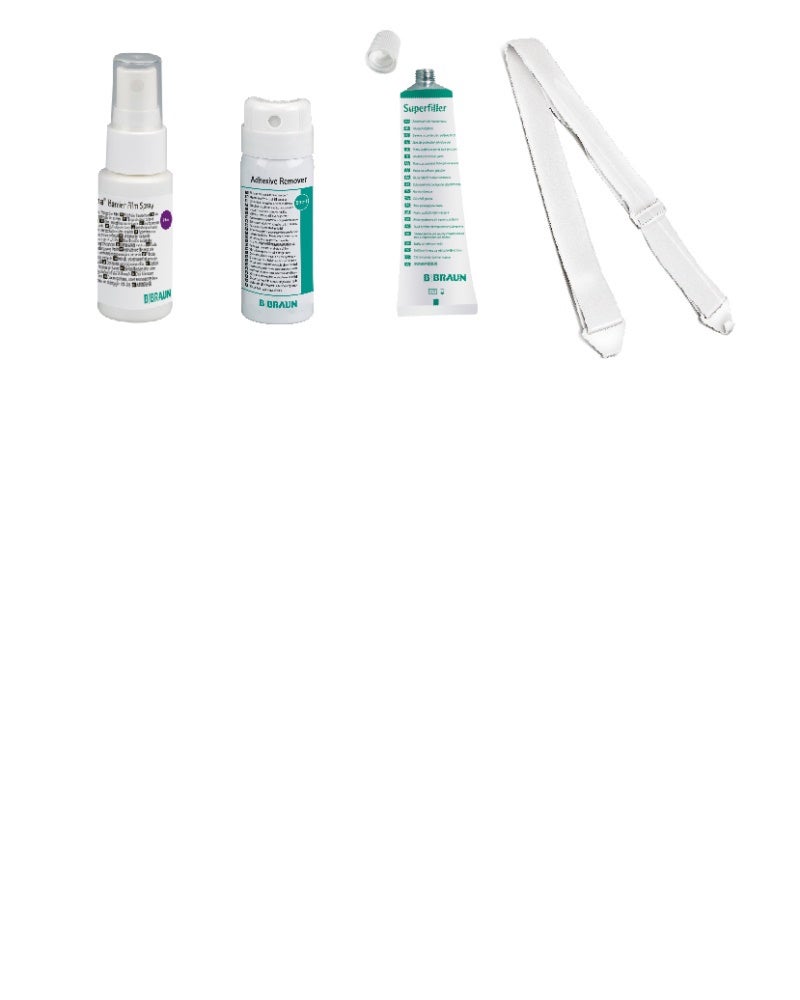Peristomal skin & wound care
During the first months after your stoma surgery, it is important that you take care of your abdominal wound (if you have one). It is an important part of your recovery as the muscles around the wound have been weakened. The E.T. nurse may visit you if the wound takes longer to heal.
If your rectum has been removed you will have a wound in your bottom that will be checked by an E.T. nurse and your consultant will check this at your first clinic appointment.
Don’t strain yourself! Give yourself time before resuming activities such as vacuuming, lifting heavy objects, moving furniture or ironing, for example. Also, your physiotherapist will show you how to protect the muscles around the wound when you cough.
Managing peristomal skin complications
Unlike wounds, where the ultimate treatment goal is healing, stomas are a breach of the skin that are designed to stay open in order to drain the stoma effluents. Complications of the peristomal skin disorders are common and require specific management (1). Therefore, peristomal skin requires scrupulous care to maintain its health and avoid dermatological complications. Healthy skin around the stoma is essential to ensure good adhesion, without which the risk of leaking and further skin damage is increased and may create a vicious circle of skin damage and bag leakage.(2)
In order to prevent peristomal skin complications, preventive actions such as having a good skin hygiene are the most important element of care.
Yeast infection
A yeast infection or candidiasis is an infection which is caused by a fungus called candida albicans. It may be due to excessive sweating on broken or fragile skin and/ or under antibiotic therapy. It presents initially as a pustule and can then develop into erythemic confluent plaques and be accompanied by burning and/ or itching sensations. Treatment of yeast infection is based on an antifungal powder and adequate preventive measure such as avoiding local moisture and/ or preventing maceration with skin sealants such as the Askina® Barrier Film and/ or Superfiller.
If you believe that you have developed a yeat infection or that you are suffering from any other peristomal skin problem, please consult your healthcare professional.
Skin care tips
- Clean the skin with water and neutral soap (or in some cases water alone may be used).(1) Do not use emollient or oil-based products, nor those that may dry the skin. Avoid chemicals that may cause irritation.(2)
- Maintain dry skin in order to reduce the risk of yeast infection. Dry skin is also essential to obtain a good adhesive seal. After bathing with the bag on, dry the skin and the bag system carefully.(1)
- Protect the skin by using stoma bags with skin friendly skin protectors/wafers and cleansing the skin carefully. Remove skin protectors/wafers gently in order to avoid skin stripping. Consider using a skin sealant to prevent trauma in patients with sensitive skin.(1)
More information on how to live with an ostomy
References:
1) Herlufsen, P. et al.: Study of peristomal skin disorders in patients with permanent stomas. British Journal of Nursing, 2006, Vol 15, No 16.
2) Rolstad, B.S., Erwin-Toth, P.: Peristomal skin complications: prevention and management. Ostomy Wound Management, 2004. 50(9):68-77




